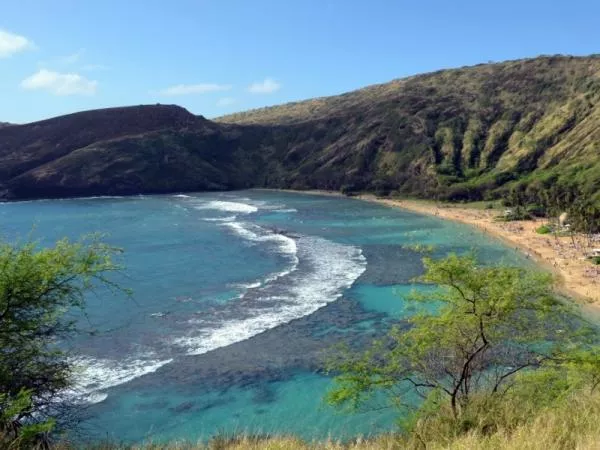
Human activities tend to have a great impact on the environment, especially on the ecosystems where they take place. In order to avoid and counteract its effects, different protection programs are implemented and, one of them, which is also one of the most important, consists of the implementation and development of flora and fauna protection areas.
However, not all these areas are the same and have the same priorities when it comes to protecting the biodiversity they host. If you want to know what are the flora and fauna protection areas, and delve a little more into its environmental role, read Ecologist Verde and find out.
What are flora and fauna protection areas: simple definition
The flora and fauna protection areas are determined geographic territories in which it is due comply with certain regulations in order to protect the biodiversity of the area in question. One of the factors that these territories take into account is to limit the uses that human activities can make of the natural resources present there.
Thus, according to the type of flora and fauna protection area in which we are, may develop one type of activity or another. Or, we can even find territories in which human activity is considerably limited, limiting itself only to scientific study activities and little else.

Main types of flora and fauna protection areas
It is important to bear in mind that the flora and fauna protection areas that can be found are very varied. In all cases we are going to meet areas of high ecological value that is going to need to be protected. However, it is also true that, depending on each case, this type of protection will be focused on one specific aspect or another. These are the main types of flora and fauna protection areas:
National Reserve
This type of flora and fauna protection area is characterized by being an area called a natural reserve and being controlled by the national authority in each case and, at the same time, by a relatively permissive use of the natural resources of the delimited area. In this way, although the protection of both the fauna and flora present in the area is sought, commercial human activities will be allowed. Although, for them to be carried out, it will be necessary to have the approval of the national authority, in charge of protecting the area in question.
National Park
In this case, we are once again in a flora and fauna protection zone. But, unlike what happened with the national reserve, the protection protocols will be stricter. With this, the protection of both the flora and fauna of natural parks is sought, as well as certain ecosystems that are especially sensitive to human presence and activity. These are areas where any human activity is highly controlled by the authorities, which greatly limits the exploitation of natural resources in any of its forms.
National sanctuary
When speaking of a national sanctuary, reference is being made to an area of protection of flora and fauna that has a fairly high level of demand but, unlike what happens with the national park, it is a type of protection focused on specific species . In this way, certain species, which may be both flora and fauna, enjoy this protection more than the ecosystem as a whole, which has its importance and protection insofar as it is linked to the survival of the protected species.
Recovery zone
In this case, we are also facing a flora and fauna protection area. However, in the case of recovery areas, it is worth highlighting the transitory nature of this protection space. It is a protected area that has the function of recovering the ecosystem damaged by a disaster of natural or human origin. A good example would be fires.
Wild area
In this case, it is a protected area but due to its high ecological value and the historical absence of human presence and activity. They are protected areas but they do allow certain human activities when they do not interfere too much with the environment.
Strict protection zone
It is an area similar to the wild but, in this case, with a much stricter protection protocol. This is usually due to its very high ecological and biodiversity value. These are areas where human activity is highly restricted.
Why are flora and fauna protection areas important?
The importance of flora and fauna protection areas We find it in the impact that human activity has on the environment. Regardless of the level of protection that is established, the mere presence of human beings implies an impact on the environment. This impact can be destructive (for example cutting down a forest), or imbalance (for example feeding wild animals). This entails the ecosystem degradation and, the only way to avoid it, is to create protected areas where human activity is limited or reduced to its minimum expression.
This allows conserve biodiversity and environmental wealth of those environments of special importance or especially sensitive to human activity. Thus, creating and protecting flora and fauna protection areas is the best way to conserve the natural heritage of our planet, both for present and future generations.
If you still have doubts about why you have to be quite strict in some areas and limit so much the activity we have in them, we recommend you read this other article by Green Ecologist on How society affects the environment.

If you want to read more articles similar to What are the flora and fauna protection areas, we recommend that you enter our category of Other environment.


